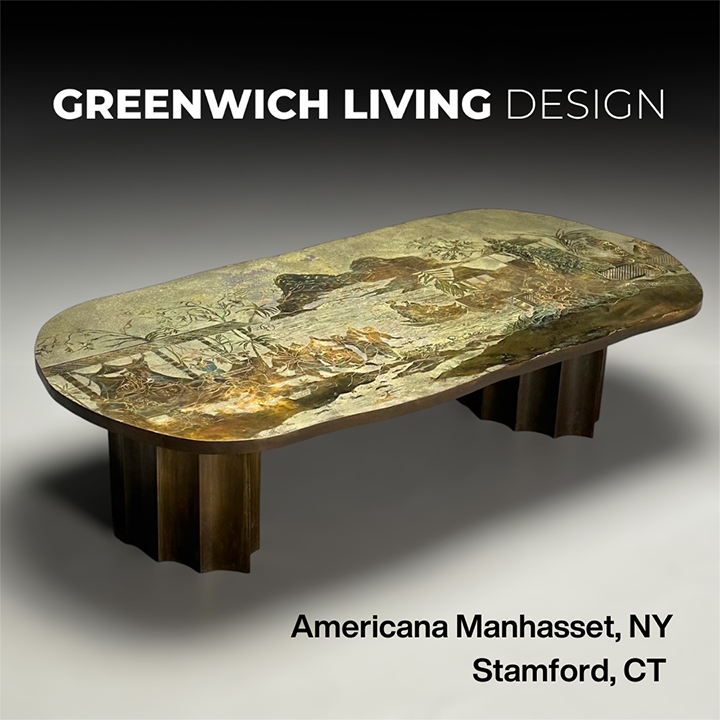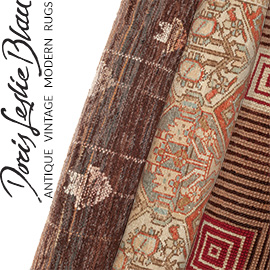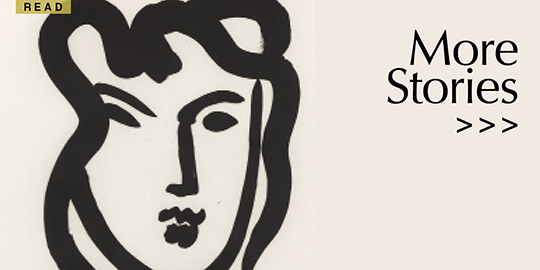John Henry Twachtman
American, 1853 - 1902
John Henry Twachtman trained in Munich and Paris, and a member of the most advanced American artist groups of his day, Twachtman was at the forefront of the American avant-garde throughout his career. The work of his Greenwich Period, for which he is best known, was influenced by Impressionism and Tonalism, yet Twachtman's stylistic synthesis was unique. Often compared with Claude Monet and James McNeill Whistler, Twachtman developed an experimental technique and explored innovative compositional means to create subtle and poetic images that anticipated directions in twentieth-century abstract painting. In the spring of 1877 Twachtman joined Duveneck and William Merritt Chase in Venice, where he remained for approximately nine months. After returning to America in 1878, Twachtman briefly visited Cincinnati before going to New York. There, in 1878, he participated in the first exhibition of the Society of American Artists, which elected him to membership in 1880. During his time in New York, Twachtman lived in the Benedict building on Washington Square, painted the city's harbors in a bold realist style, and participated in the activities of the Tile Club. Many important contacts were made in Tile Club gatherings including artists J. Alden Weir and R. Swain Gifford. Like many other artists of his generation, Twachtman felt the necessity of a term of study in Paris, and, in 1883, he departed for the French capital, where he continued his training at the Académie Julian under Gustave Boulanger and Jules-Joseph Lefebvre. His fellow students included American artists Childe Hassam, Willard Metcalf, Frank W. Benson, Edmund C. Tarbell, and Robert Reid, all of whom became lifelong friends. By the winter of 1888, Twachtman had moved east once more, and was spending time visiting Branchville, Connecticut, where J. Alden Weir lived. In 1889, Twachtman and Weir held a joint exhibition and sale of their works at the Ortgies Gallery in New York, and four years later, the American Art Gallery featured their work in a comparative exhibition with that of Monet and Paul Besnard. Twachtman produced illustrations for Scribner's from 1888 to 1893, and in 1889, he began to teach at the Art Students League. These activities provided the income with which he purchased a house and land in Greenwich, Connecticut, in 1890. He eventually acquired seventeen acres. In 1897 Twachtman was a founding member of the Ten American Painters, a group of primarily Impressionist painters who broke from the Society of American Artists. He continued to teach at the Art Students League through the 1890s, bringing students to the Holley House in Cos Cob (near his home in Greenwich), during the summers where he occasionally resided. He spent the summers of 1900 to 1902 in Gloucester, Massachusetts, where he joined his old friend Duveneck and other painters many of whom started their careers in Cincinnati. In the summer of 1902, Twachtman died suddenly in Gloucester. Thomas Dewing wrote: "By the death of John H. Twachtman, the world has lost an artist of the first rank...He is too modern, probably, to be fully recognized or appreciated at present: but his place will be recognized in the future."
Revered by the artists of his era as a "painter's painter," Cincinnati-born John Henry Twachtman was at the forefront of American avant-garde art movements of his time. Much of his early career was spent abroad. He studied in Munich from 1875 to 1878.
In 1880, after a period of painting in New York, he went to Florence, Italy, to teach at the school his friend Frank Duveneck had established there. He lived in France from 1883 through 1885, study-ing in Paris at the Academie Julian and painting in Normandy and Holland in the summers.
After settling in Greenwich, Connecticut, in about 1889, he developed a distinctive Impressionist style, which was transmitted to him in part by his friend Theodore Robinson, who had spent many summers close to Claude Monet, and in part by his exposure to French art in New York galleries. Yet Twachtman's Impressionist style may also be seen as evolving naturally from the artistic explorations of his earlier career, and his mature aesthetic was tempered by his personal response to nature and his versatile and individual technique.
In Greenwich, Twachtman focused on painting the familiar motifs found on his own property, modifying his handling to the particular qualities that a subject evoked.
From 1900 through 1902 Twachtman spent summers in Gloucester, Massachusetts, where he worked alla prima, returning to the bold, painterly style of his Munich years but retaining the vivacity of his Greenwich art.
In 1897 Twachtman was a founding member of the Ten American Painters.
Biography courtesy of Roughton Galleries, www.antiquesandfineart.com/roughton
In 1880, after a period of painting in New York, he went to Florence, Italy, to teach at the school his friend Frank Duveneck had established there. He lived in France from 1883 through 1885, study-ing in Paris at the Academie Julian and painting in Normandy and Holland in the summers.
After settling in Greenwich, Connecticut, in about 1889, he developed a distinctive Impressionist style, which was transmitted to him in part by his friend Theodore Robinson, who had spent many summers close to Claude Monet, and in part by his exposure to French art in New York galleries. Yet Twachtman's Impressionist style may also be seen as evolving naturally from the artistic explorations of his earlier career, and his mature aesthetic was tempered by his personal response to nature and his versatile and individual technique.
In Greenwich, Twachtman focused on painting the familiar motifs found on his own property, modifying his handling to the particular qualities that a subject evoked.
From 1900 through 1902 Twachtman spent summers in Gloucester, Massachusetts, where he worked alla prima, returning to the bold, painterly style of his Munich years but retaining the vivacity of his Greenwich art.
In 1897 Twachtman was a founding member of the Ten American Painters.
Biography courtesy of Roughton Galleries, www.antiquesandfineart.com/roughton

















